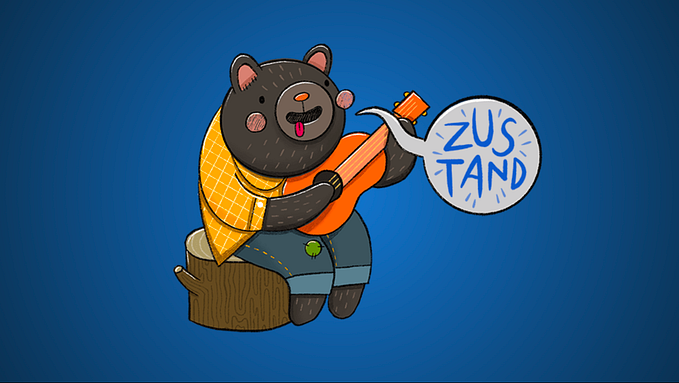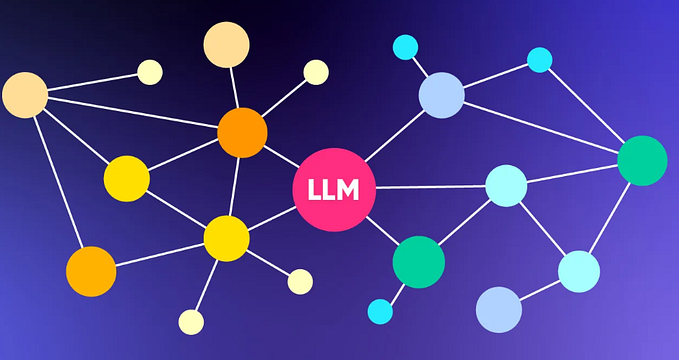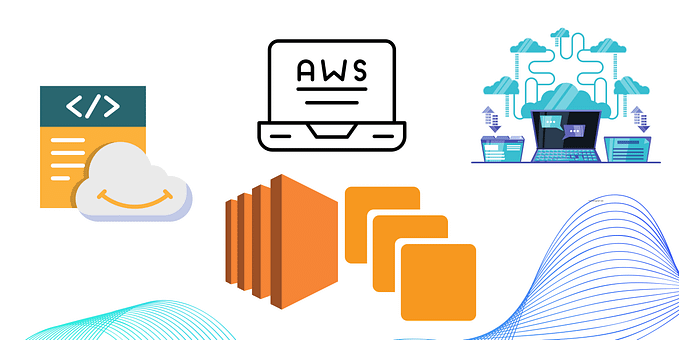The Psychology of Emotions: How They Affect Our Behavior
You may believe that your job is to create visually appealing, intuitive user interfaces or to make sure your software runs on a variety of devices and operating systems. While these are important aspects of your work, your overall goal is to create a product that people will love to use and return to time and time again. To do this, you need to understand how people think, behave, and respond to different stimuli.
The Role of Emotions
Emotions play a significant role in how people interact with technology. They can impact our perceptions, attitudes, and behaviors. For example, if we feel anxious or stressed, we may have a harder time focusing or remembering tasks. Similarly, when we feel happy or excited, we are more likely to be open to new ideas or willing to take risks.
For digital product designers, understanding emotions is crucial to creating successful products that appeal to users and encourage ongoing engagement. In this article, we will explore the psychology of emotions, and how you can use this knowledge to improve your digital products and services.
The Psychology of Emotions
At its core, emotion is about how we feel. Emotions can be positive (joy, surprise, contentment) or negative (fear, anxiety, anger). They can impact our behavior in a variety of ways, prompting us to act or change course.
As humans, we are emotional creatures, and our responses to various situations are often driven by emotions. But why do we experience emotions? From a psychological perspective, emotions serve a variety of functions.
Functions of Emotions
According to Dr. Paul Ekman, emotions serve several key functions, including:
- Communicating information
Emotions can provide us with valuable information about our surroundings and other people. For example, fear can serve as an alert that something dangerous or threatening is nearby, while joy can communicate that things are going well. - Guiding behavior
Emotions can also guide our behavior, helping us make decisions about what to do next. For example, excitement or curiosity can motivate us to explore new opportunities or take risks. - Regulating relationships
Emotions can influence our interactions with others, shaping our relationships and social networks. For example, compassion and empathy can help us develop close, meaningful relationships with friends and family members. - Managing stress
Finally, emotions can also help us cope with stress, anxiety, and other difficult emotions. For example, laughter can help us relieve tension and reduce the physical effects of stress.
By understanding the functions of emotions, we can begin to see how different emotions can influence behavior.
The Role of Emotions in User Behavior
When it comes to digital products, emotions can have a significant impact on user behavior. Here are a few ways emotions can impact user behavior, and what designers can do to take advantage of them.
- Fear can drive action
Fear is a powerful emotion that can motivate people to take action. In the context of digital products, this can mean using language or design to create a sense of urgency or FOMO (fear of missing out) to encourage users to take a specific action. For example, a limited-time offer on a website can create a sense of urgency that prompts a user to make a purchase. - Joy can create loyalty
When users have positive emotional experiences with your product, they are more likely to return to it in the future. For example, a travel app that makes planning a trip a fun and exciting experience can create a positive emotional connection with the user, leading to long-term loyalty. - Anxiety can lead to abandonment
On the flip side, negative emotions like anxiety or frustration can quickly lead to users abandoning your product. To avoid this, it’s important to create a seamless and intuitive user experience that minimizes frustration. For example, a checkout process that is confusing or difficult may cause a user to abandon their purchase. - Surprise can create excitement
Surprising users with unexpected features or content can create a sense of excitement and delight. For example, a fitness app that unlocks a new workout after a certain number of completed sessions can spark joy and motivate continued use of the app. - Empathy can build trust
By showing empathy and understanding towards your users, you can build trust and create a positive emotional connection. This can be achieved through personalization, user-focused language, and responsive customer support. For example, a banking app that addresses specific financial concerns and provides personalized financial advice can create a strong, trusting relationship with its users.
As you can see, emotions can have a significant impact on user behavior. By understanding the psychology behind emotions and how they affect behavior, you can create more effective and successful products that users will love.
Designing for Emotions
So, how can you design for emotions? Here are a few tips and strategies to keep in mind as you work on your next project.
- Know your audience
One of the most important things you can do as a designer is to understand your audience. What are their needs, wants, and desires? What are their pain points? By understanding your users on a deeper level, you can design products that resonate with their emotions and drive behavior. - Create a positive emotional experience
As we discussed earlier, positive emotional experiences can create a sense of loyalty and encourage users to return in the future. When designing digital products, look for ways to create positive emotional experiences for your users. This may involve incorporating elements of surprise, humor, or delight into your design. - Avoid negative emotional experiences
On the flip side, negative emotional experiences can drive users away from your product. Look for ways to minimize negative emotions such as frustration, anxiety, or confusion. This may mean simplifying your user interface, streamlining your checkout process, or providing clear instructions and guidance throughout the product experience. - Use language to evoke emotion
Words are powerful tools that can evoke strong emotional responses from users. Look for ways to incorporate emotionally charged language into your design. For example, you might use urgent language to create a sense of fear or excitement, or you might use warm and welcoming language to create a sense of trust and empathy. - Test and iterate
As with any design project, it’s important to test your product with real users and iterate on your design based on their feedback. By observing user behavior and asking for feedback, you can gain a deeper understanding of how your product is affecting users’ emotions and behavior.
Conclusion
As a digital product designer, understanding the psychology of emotions is crucial to creating successful products that resonate with users and drive behavior. By understanding the functions of emotions and how they impact user behavior, you can design more effective and engaging products that users will love. Keep these tips and strategies in mind as you work on your next project, and don’t forget to test and iterate along the way.










